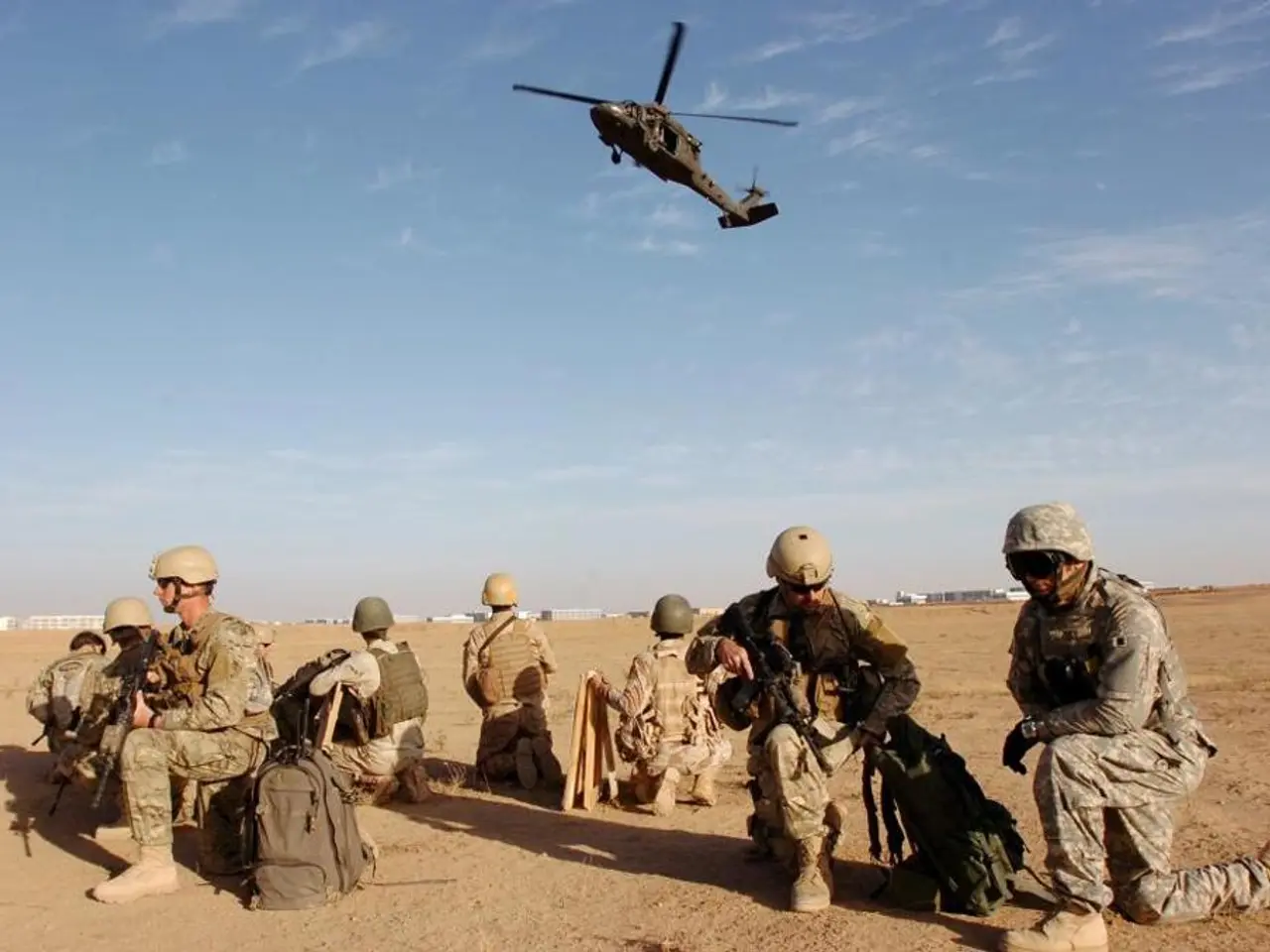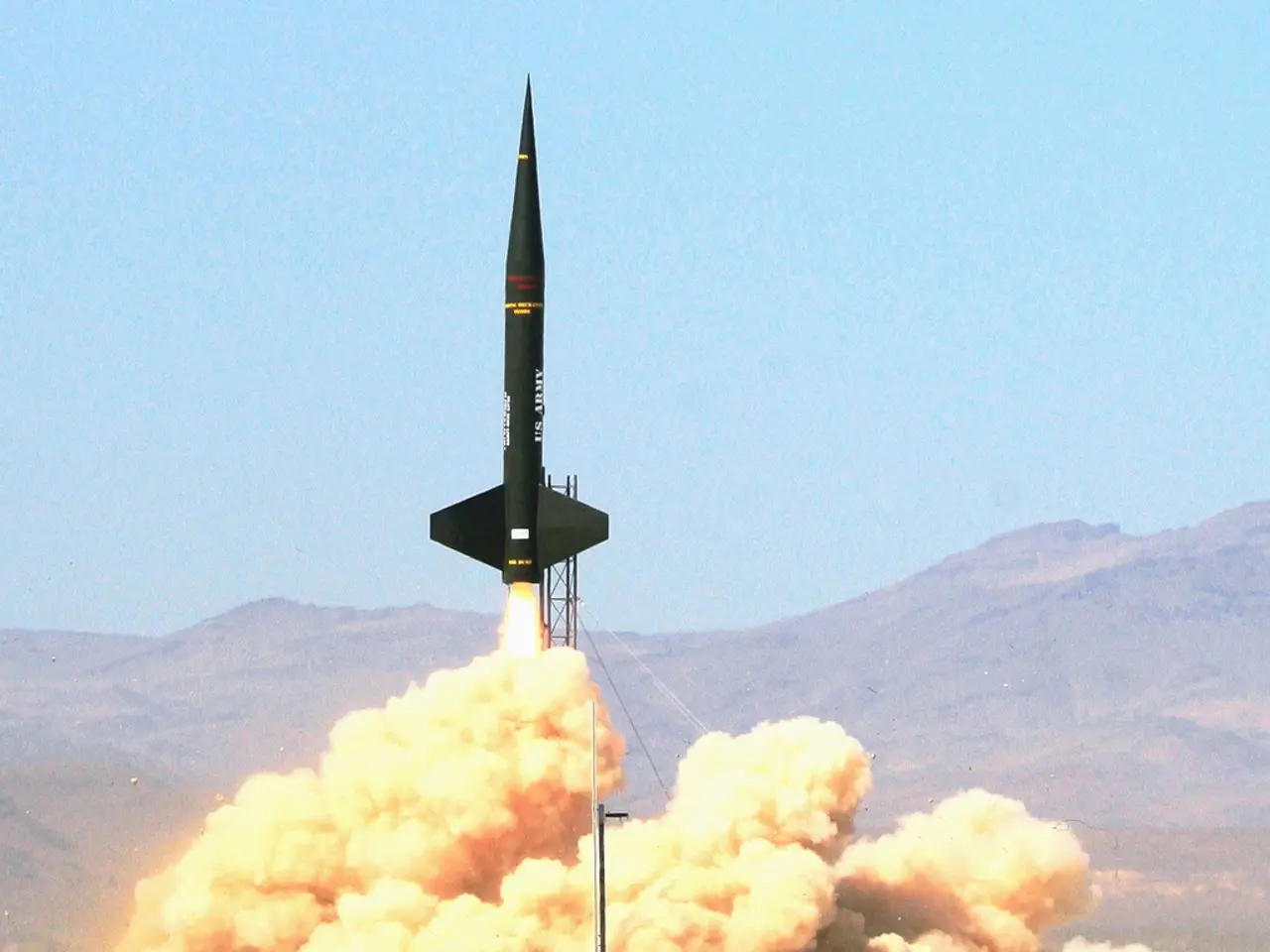Modernizing Air Force Teams: Consolidating Specialty Codes for Efficiency and Flexibility
Understanding "Dismantling Information Silos" for Air Force Personnel
The United States Air Force takes a fresh approach to mission readiness, considering consolidating some of its over 130 Air Force Specialty Codes (AFSCs) to boost training opportunities for Airmen, allowing them to excel in smaller, collaborative teams.
Air Force leaders, like Chief Master Sergeant of the Air Force David Flosi, notice that many enlisted job specialties have similar tasks. In fact, an Air Force headquarters analysis revealed that 80% of the work done by 54 aircraft maintenance AFSCs consists of just 20% of the tasks they train for. This insight opens the door for a significant reduction in the total number of AFSCs, focusing on building excellent aircraft maintainers on essential, frequently performed tasks.
With this restructuring, the Air Force aims to provide more agility on the flight line, ensuring more Airmen are qualified on tasks that most often need attention. By combining these specialized skills, the Air Force can create leaner, more adaptable teams that can work seamlessly across various areas.
The Air Force is yet to make a decision on cutting or consolidating similar AFSCs but is analyzing career fields to determine if doing so could improve efficiency. Leaders believe Airmen must be prepared to handle multiple tasks in an agile combat environment, where they may operate in smaller, scattered groups on battlefields under constant missile threat.
"We want to have the capability for an Airman to do as much as they have capacity for," says Flosi. The new approach is not about doing more with less, but rather empowering each Airman to achieve their full potential.
Many Airmen and units have already started implementing this strategy. For instance, Senior Airman Marlene Guerrero, a fuels technician with the 353rd Special Operations Wing, combines her fuel technician skills with hydraulics expertise and serves as an assistant crew chief. Airmen like Guerrero demonstrate the benefits of having multiple competencies in a contested environment.
In another example, the 1st Special Operations Aircraft Maintenance Squadron successfully created a 12-member team capable of supporting multiple forward-deployed aircraft for extended periods without requiring the usual 40-50 people. This was made possible by cross-training Airmen, who could handle various tasks while on the ground, boosting the overall mission's success.
The Air Force intends to develop an "institutional backbone" to spread this type of capability across the service, reflecting a broader initiative to modernize and increase efficiency throughout the military.
This effort is not only about merging specialties but also about promoting adaptable skillsets among Airmen. The Air Force will soon organize a two-day conference with wing commanders and command chiefs from across the service to discuss accepting smart risks and ensuring commanders understand they have support to execute and take on necessary risks, all while avoiding overburdening individual Airmen.
- The United States Air Force is contemplating consolidating some Air Force Specialty Codes (AFSCs) to enhance training opportunities for Airmen and enable them to thrive in smaller, collaborative teams.
- Air Force leaders are cognizant that many enlisted job specialties share similar tasks, with an Air Force headquarters analysis revealing that 80% of the work done by 54 aircraft maintenance AFSCs consists of just 20% of the tasks they train for.
- With this restructuring, the Air Force aspires to achieve more agility on the flight line, ensuring more Airmen are qualified on tasks that require frequent attention.
- The Air Force is deliberating on whether to cut or consolidate similar AFSCs in order to improve efficiency, with leaders believing Airmen should be ready to handle multiple tasks in a rapidly changing combat environment.
- This initiative is not simply about merging specialties but also about nurturing adaptable skillsets among Airmen, with the Air Force planning a two-day conference to discuss smart risks and ensure commanders understand they have support to execute and take necessary risks.
- The Air Force aims to create an "institutional backbone" to disseminate these capabilities across the service, reflecting a larger endeavor to modernize and increase efficiency throughout the military.




